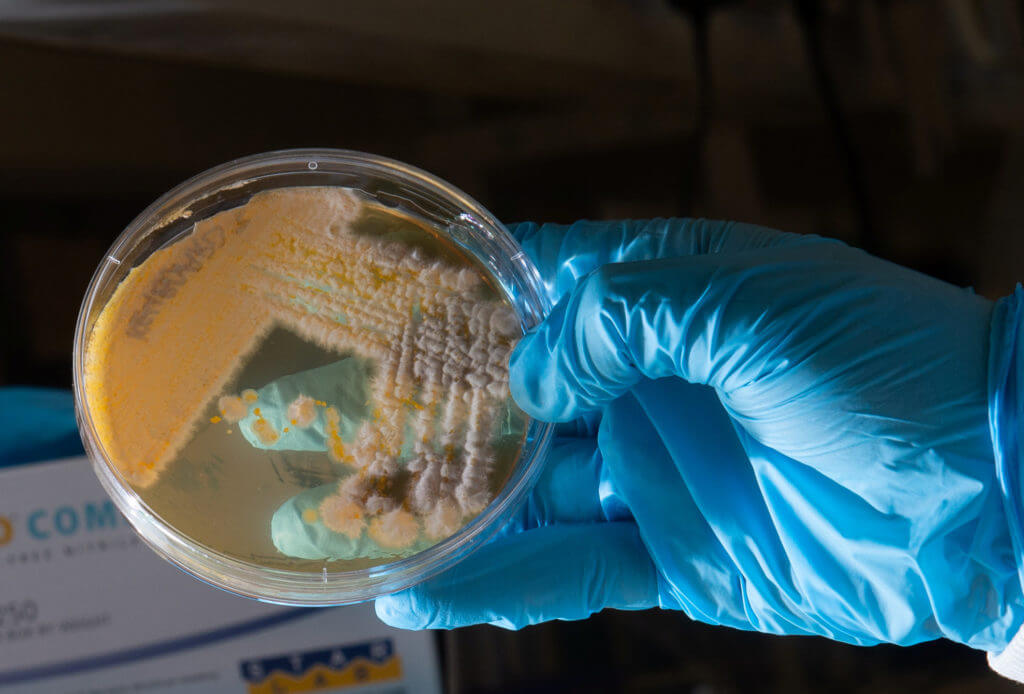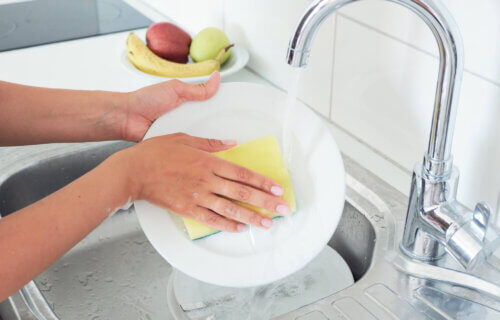WASHINGTON — The kitchen can be a magical place, filled with tantalizing aromas and irresistible flavors. Of course, kitchens can also become very dirty, very quickly, if they aren’t looked after diligently. A dirty, unkept cutting board and cooking area can accumulate an entire colony of different bacteria and germs in a matter of days. While most people associate kitchen-based bacteria with harmful pathogens including salmonella or E. coli, somewhat surprising new research reports most kitchen bacteria appears largely harmless.
Researchers in Norway analyzed bacteria found in 74 kitchens across five European countries, ultimately concluding that the specimens were mostly harmless.
“We have previously found considerable variations in kitchen standards, food preparation practices, and cleaning regimes between France, Norway, Portugal, Romania, and Hungary,” says Birgitte Moen, Ph.D., a scientist in the Department of Food Safety and Quality, at Nofima — the Norwegian Institute of Food, Fisheries, and Aquaculture Research — in Ås, Norway, in a media release.
Despite the bacterial samples featuring a large variety of species and considerable differences in bacterial diversity, researchers were able to identify eight bacterial genera commonly associated with environmental sources across most of these kitchens, which they called “core microbiota.” More specifically, these included Acinetobacter, Pseudomonas, Enhydrobacter, Enterobacteriaceae, Psychrobacter, Chryseobacterium, Bacillus, and Staphylococcus.

Researchers stress that the core microbiota persisted despite considerable differences between kitchens. Some of those kitchens lacked running water, and some even lacked an indoor sink or dishwashers. This persisted regardless of differing food preparation methods, dietary habits, and differences in hand and kitchen hygiene, both of which are known to influence infection probabilities.
Researchers say they were motivated to conduct this study by their own curiosity. While bacteria found in food, the gut, in hospitals, and across professional food production facilities, have been well researched, little has been established regarding the microbes that inhabit domestic kitchens. Thanks to the already existing collaboration across countries, “we had a unique opportunity to dig into this,” Dr. Moen adds.
Researchers explain they knew that harmful bacteria enters kitchens via contaminated food, and that the types of these bacteria vary across countries. For instance, while Salmonella isn’t an issue in Norway, it is one of the most commonly reported causes of food-borne illness in Europe. Dr. Moen explains that a better understanding of bacteria inhabiting domestic kitchens can help prevent human illness, and perhaps one day even lead to more hygienic kitchen designs and improved cleaning utensils.
The study is published in Applied and Environmental Microbiology.
You might also be interested in:
- Your kitchen sponge may hold answer to beating antibiotic-resistant bacteria, study finds
- Fungi in sink drains that feed on soap act as ‘reservoirs’ for serious infections
- Antibiotic-resistant bacteria contaminates an entire hospital ICU

